The activewear industry is making niche, sports products into fashion statements.

The activewear industry is making niche, sports products into fashion statements.
If you’re selling sports fashion, you know how products could be anything from highly tailored fishing gear (hello, gorpcore) to your run-of-the-mill yoga leggings.
These days, people can wear Nike shorts to clubs, hiking gear to the park, and suits paired with sneakers.
The rise of the sneaker industry shows just how much a sports product can be leveraged as a fashion item.
But this also means you’re faced with a ton of competition. And your customers are not just exercising more, but wearing activewear every day, for whatever occasion.
Help!
Plus, even non-activewear brands are selling sports-related gear. Hence the intersection of athletics and leisure with the rise of athleisure.
In our Activewear Report we take a look at the activewear market from all angles:
It’s a pretty extensive report, which you can download for free at the end of this article.
To sum up what we’ve learned and help you navigate the world of sports fashion, this article is a roundup of the key trends.
Throughout, we’ll give you a taster of the sports fashion market by looking at it from two very important angles:

At the start of the activewear boom in the 1900s, apparel and footwear were considered ‘sports wear’ only if they had the right specifications tailored to the sport they were made for.
Now, in the 21st century, every sports category has a subset of attribute-rich products that make the cut. This can be attributed to two things:
For example,
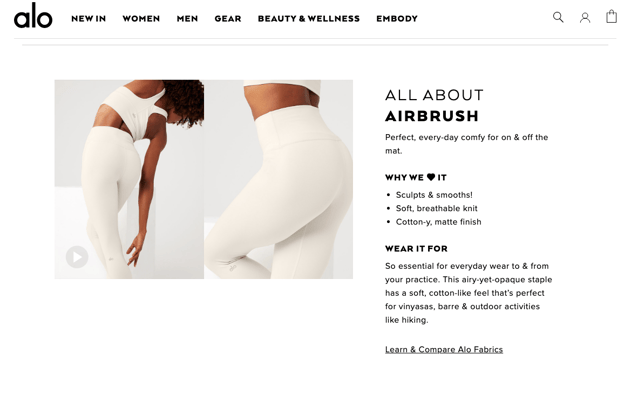

Athletes want the best technology in the market to enhance their performance. But this niche is rapidly becoming a trend with the increase in health consciousness.
Exercise is up 88% more than in the last three years. Half of the world’s population say they will continue to work out despite a dramatic change in lifestyle (i.e., the reopening of clubs and gyms and a new normal way of living post-pandemic).
This means your shoppers will be looking for how your products are differentiated from the rest. And that starts with performance-enhancing attributes.
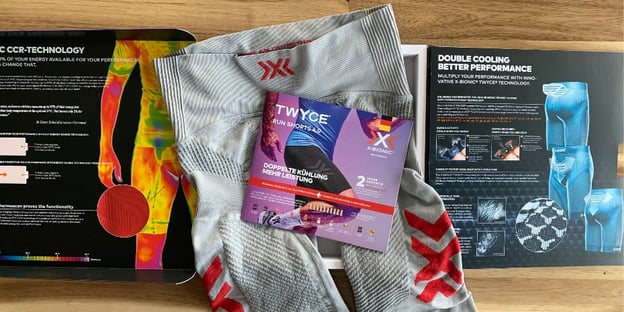
X-bionic packaging is all about the technology of their ski apparel.
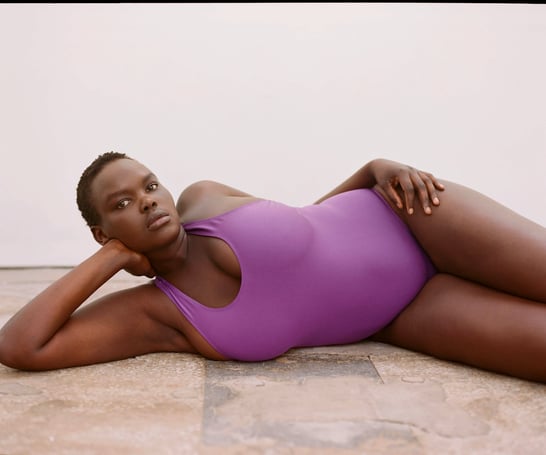
PRISM, featured in Vogue
Another activewear trend taking shape (all shapes, in fact) is that of inclusion. Which directly correlates with the increase in female participation in sports globally.
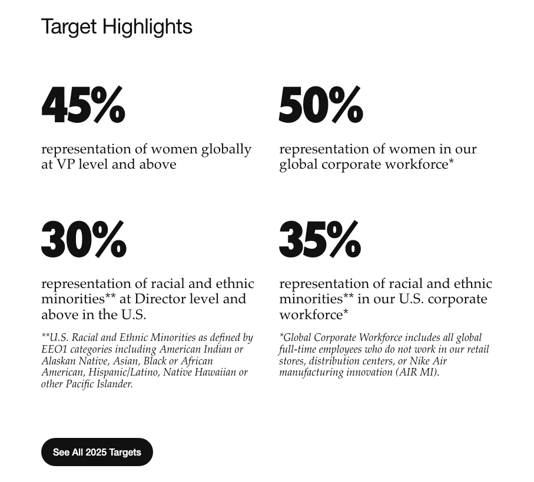
Of course, there’s still a long way to go to close the gender pay gap and for women everywhere to ‘break the glass ceiling’. But inclusion and participation are trends that many activewear brands are either taking a stance on or remarketing their whole brand towards.
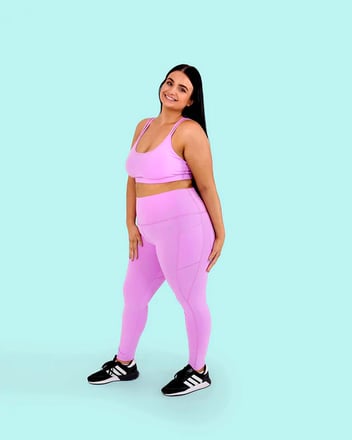
Peachy lean brand is size-inclusive activewear.
This trend also includes (as the name suggests) empowering:
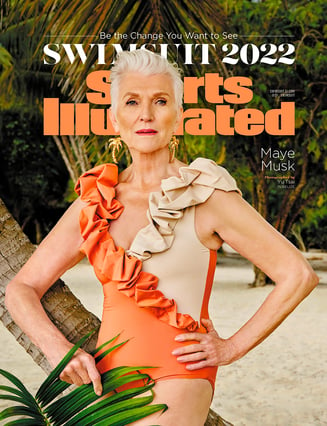
Maye Musk on the cover of Sports Illustrated 2022.
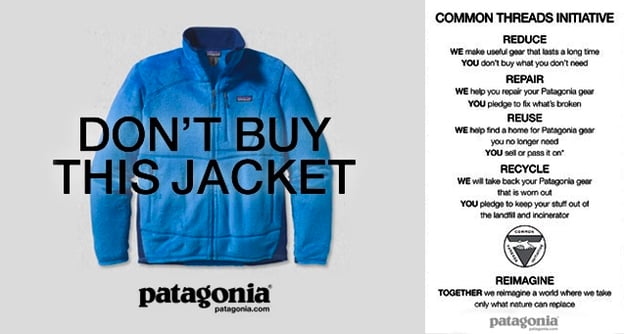
Sports fashion and love for the environment go hand-in-hand. And, thankfully, outdoor apparel especially has its roots in narratives for environmental protection.
Especially when (as we’ll see later on), this has roots in conspicuous consumption.
For women, style and comfort are important. For both men and women, durability is a driver. According to Crobox data, 5.47% of people who saw sustainability messaging on a sneaker marketplace webshop were more likely to buy (compared to 1.72% of people who didn’t see sustainability messaging).
If you want to get more Crobox data, don’t forget you can download our full Activewear Report at the end of this article!
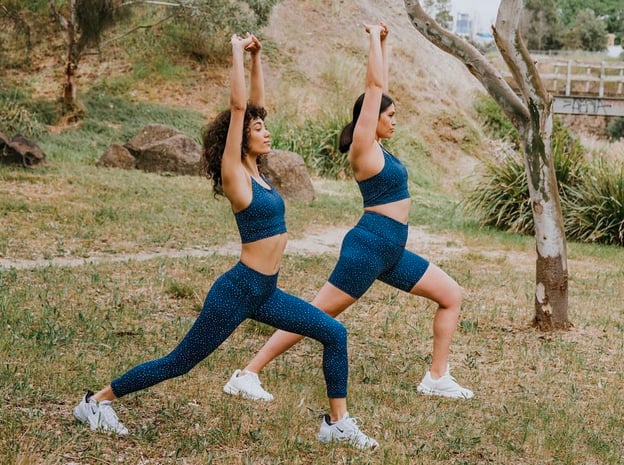
For example, Patagonia has had a singular purpose when it comes to selling their clothing and their marketing is based on green activism.
They actually sued Donald Trump in order to protect agricultural land (the former president wanted to open up public lands for drilling and mining).
And their Don’t Buy This Jacket campaign took a hard look at the environmental impact of Black Friday. Many other sustainable brands boycotted Black Friday in 2021: Nudie Jeans, Veja, Alohas, Everlane, REI, and Cuyana.
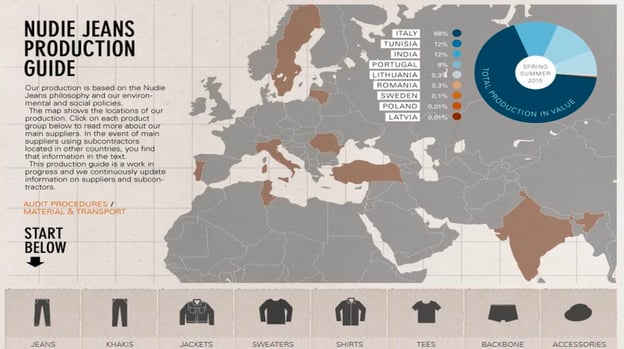
Nudie Jeans supply chain production.
Sustainability for sports fashion means:
That activewear apparel and footwear are made from sustainable materials is one aspect of the trend. But where ‘greenwashing’ is an underlying shadow to this, it’s the brands that follow through and engage authentically in sustainable behavior that come out on top.
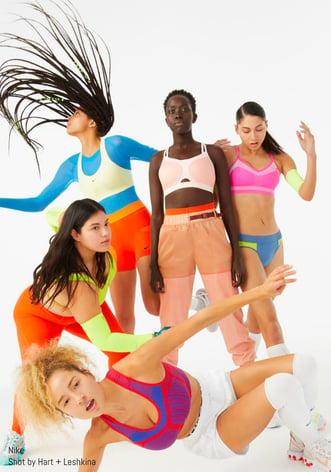
As much as athleisure started off as a category of activewear, it has now gripped the market so much that it’s become a trend unto itself. And really encompasses the whole aesthetic and feeling of sports fashion.
InStyle suggests that ‘the norm has become dressing to feel your best, with an extra emphasis on comfort.’
Athleisure is the crossover between sportswear and leisurewear.
Since the start of the pandemic, athleisure sales jumped 84%. While comfort during lockdown days became the most important thing for individuals, the ease to go from loungewear to workout also helped propel this category forward.
The market is expected to expand at a CAGR of 8.9% from 2022-2030 😱.
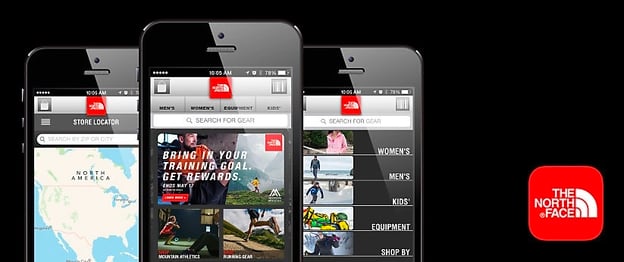
While textile technology is revolutionizing sports fashion from the fabrics used to how it looks and feels on the skin, the market is also becoming dominated by manufacturing and merchandising going digital.
Look-and-feel (for eCommerce and social) is still a top priority for design innovators – if they can convey this in a digital universe.
Instead, the question for activewear brands – and many other brands across verticals, for that matter – is how to sell products online without the haptics present in-store (i.e., touch, smell, try-on).
For example, 3D running shoes take personalization to the next level. Smart clothes integrate tech into clothing to optimize sports and performance. AI is using algorithms to automate the right kinds of collections for the customer while hyper-personalizing the products a shopper sees.
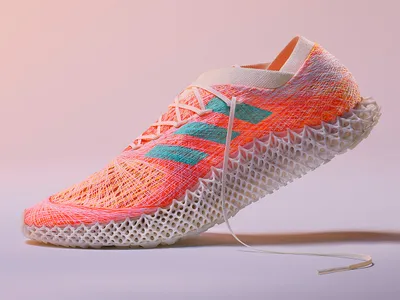
Cool, right?
Nike’s Digital Sport division (launched in 2010) is dedicated solely to fostering digitization by providing skilled resources and coordination across digital channels.
Nike’s Instagram interactions have been increasing 150% year over year, as well. Showing that digital innovation isn’t just about leveraging sexy technologies like AI or IoT but reinvesting in the channels that do work.
The North Face, for instance, rules mobile shopping with enhanced buy-online-pick-up-in-store strategies and digital loyalty programs. Vans' robust product merchandising affords it 6th place in Gartner’s 2019 report on top 10 activewear brands in digital.
Now that you have an idea of the top trends that are driving sports fashion, it’s time to zoom in on consumer behavior.
After all, that’s what we do at Crobox. We learn what your customers love about your products.
Plus, by understanding the psychology behind activewear, you can understand how sports gear goes from the realm of athletes to fashion.
Can clothing influence behavior? This is the premise of a theoretical framework called Enclothed Cognition: ‘the systematic influence that clothes have on the wearer’s psychological processes’.
Example: Running shoes.
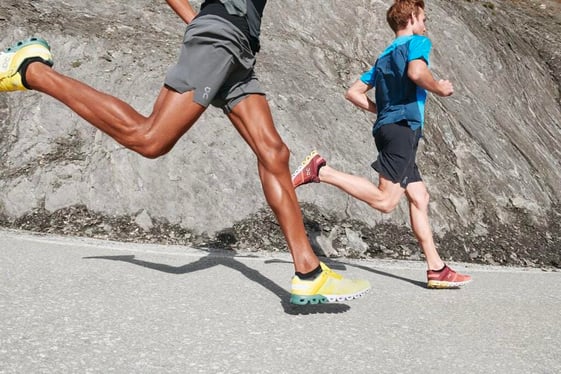
Imagine waking up and thinking ‘I want to go running’.
Putting on running shoes and a running tracksuit will make you one step closer to accomplishing that behavior. In this way, running shoes are the nudge that might just get you out the door.
“Wearing running shoes is halfway towards the behavior of running. Clothes can set your intention from the beginning, and with activewear, that intention becomes ‘being active’. In this way, wearing clothes can make it more likely that the person will carry out the behavior.” - Joris Fonteijn, Chief Product Officer at Crobox
According to the principle of Enclothed Cognition, activewear can represent your inner motivation and facilitate the behavior of being fit.
Many activewear products carry the symbolic motivation of being fit. Giving the consumer the tools to carry this behavior out (e.g., the behavior, ‘now that I bought expensive running shoes, I should probably use them to go running’).
But on a more practical level, athletic gear like workout leggings are designed to support a workout.
In a social context, if someone is wearing leggings but doesn’t practice the activity meant for leggings, it could cause friction or rejection for those persons that do practice the activity and belong to the active ‘in-group’.
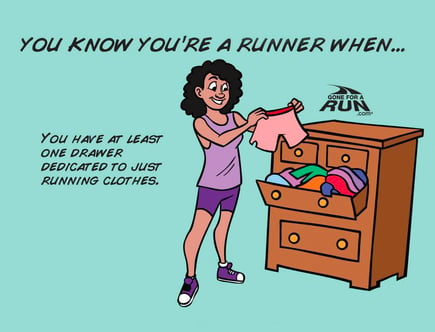
Many activewear products are hence based on a kind of recognition.
Meaning, many consumers will buy activewear to signal to the in-group of active people that they are working out.
This is where fitness transforms into fashion. And where sports fashion is rising as more consumer behaviors come with it.
“Wearing activewear is like the Halo Effect. Where more ‘beautiful’ people are privy to positive traits (based on the perspective of others), individuals who wear activewear may also be seen as to excel in other areas of their life. ” - Joris Fonteijn, Chief Product Officer at Crobox
Conspicuous consumption is the buying of products or goods to show off one’s socioeconomic status. This behavior is typically associated with the wealthy and has often been used to explain the behavior of luxury shoppers.
Example: From sportswear to streetwear (Adidas’ Stan Smith).
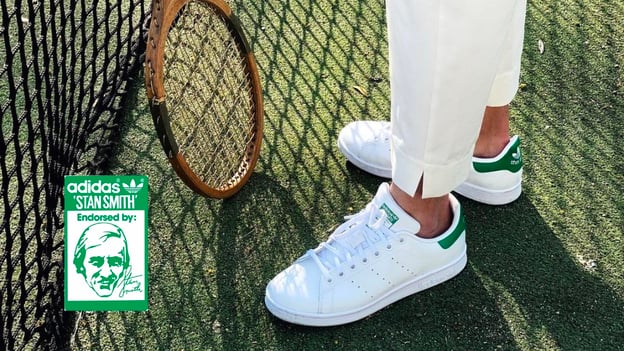
The streetwear trend is a great symbol of sports fashion: Comfortable tracksuits, sneakers, and parkas are taken from urban culture and worn every day.
Take Adidas’ Stan Smith.
Originally a tennis shoe in 1955 and then marketed to the masses over the course of the years, the Stan Smith today is more of a fashion item than a sports shoe.
“Fashion is always going to be correlated to peacocking behavior, and activewear is no exception. It becomes a fashion statement as soon as people see others doing it. Think of the big activewear brands out there – logos have become more important than the products sold.” - Joris Fonteijn, Chief Product Officer at Crobox
Nike, Adidas, Patagonia, and North Face have all leaked into mainstream, hip, fashion culture. Individuals will buy activewear from these brands to signal to others they can afford to do so. Wearing these brands signals belonging to an in-group of wealthy people. Wealthy here equating to both economic and health wealth.
This relies on the principles of Conspicuous Consumption. Based on the theories of Thorstein Veblen who coined the term in his book The Theory of the Leisure Class (1899), Conspicuous Consumption covers Costly Signaling and Veblen goods.
So-called Veblen goods are products that are purchased based on how they outwardly display the consumer’s social status.
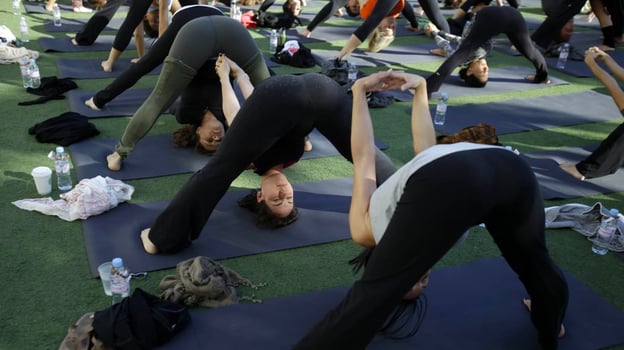
Find out how Lululemon leggings are an example of a Veblen Good in our Activewear Report (download it for free at the end of this article).
Influencer psychology is how our modern-day influencers have the power to move trends and inspire purchase decisions. This psychology is at the same time a question of:
Influencers are people who have desirable qualities that others are likely to follow, and these characteristics are carefully curated on social platforms to encourage following, liking, and sharing.
For rising activewear brands, influencers have been crucial for promoting products.
Example: Michael Jordan’s Air Jordan
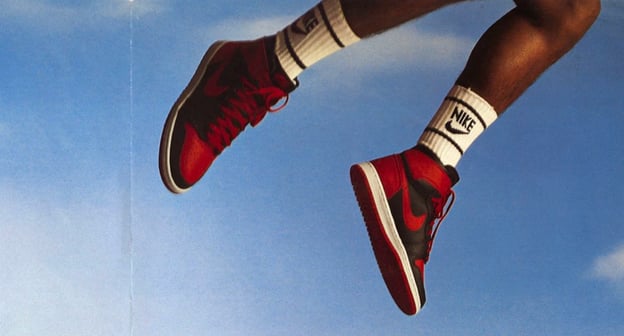
In 1973, Walt ‘Clyde’ Frazier was the first NBA player to sign his Puma sneakers. In the same decade, marketing in the NBA shifted from pure sports watching to pure entertainment. Athletes suddenly had celebrity appeal.
By the time Nike recruited Michael Jordan to wear his now-legacy brand of black and red, Jordan was already the best basketball player of all time.
The Air Jordan’s were against the NBA’s uniform rules, and legend has it that Jordan was fined $5,000 for wearing them every time he came on court.
Of course, controversy makes for good marketing, and Nike were not only rumored to pay the fines but actually created a whole campaign around Jordan’s sneakers called ‘Banned’.
This instilled the celebrity appeal of Michael Jordan, and therein Nike sneakers. Psychologically, they became associated with:
For the activewear market, influencer psychology represents an opportunity for athletes to be the ultimate influencer.
It’s now just as socially acceptable to wear Nike to work, at a club, or at home and working out – and we have, in part, Michael Jordan to thank for that.
From sports gear to fashion trends…As more people continue to exercise regularly and health becomes front and center, sports fashion products will only continue to rise.
But to make your products stand out, it’s important you keep your finger on the pulse of both trends and consumer behavior.
To learn more about psychology and see what data we’ve found from our own activewear clients, read the full Activewear Report! 👇